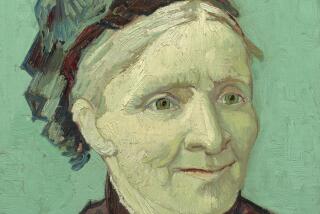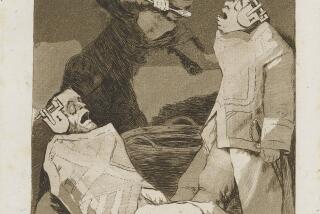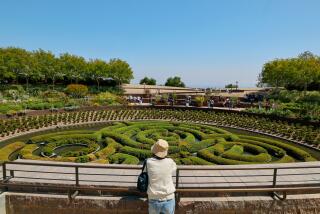Knight Errant?
- Share via
Perhaps Knight believes he is being boldly critical in referring to Diebenkorn’s painting as “sad” and “melancholy.” These paintings, like the majority of Diebenkorn’s work, reflect the exuberance of the creative act. His approach to line, form and space reflects a transition from modernist “virtuosity” into an age of doubt and self-examination.
Diebenkorn’s assimilation of New York School painting was not merely “gleaned from magazines,” as Knight asserts, but rather from a firsthand relationship with the New York art scene, including a close friendship with painter Franz Kline.
As the late Nicholas Wilder once said of Diebenkorn, “He’s an important artist because he finishes up what modern art has left unsaid.”
DOUGLAS MEYER
Los Angeles
More to Read
The biggest entertainment stories
Get our big stories about Hollywood, film, television, music, arts, culture and more right in your inbox as soon as they publish.
You may occasionally receive promotional content from the Los Angeles Times.










